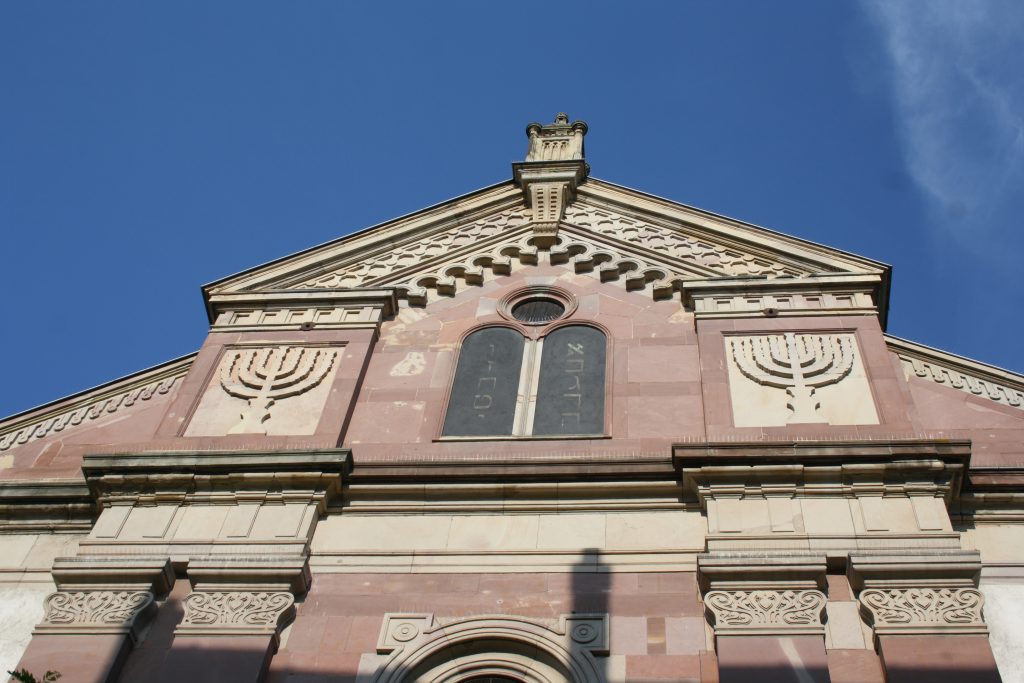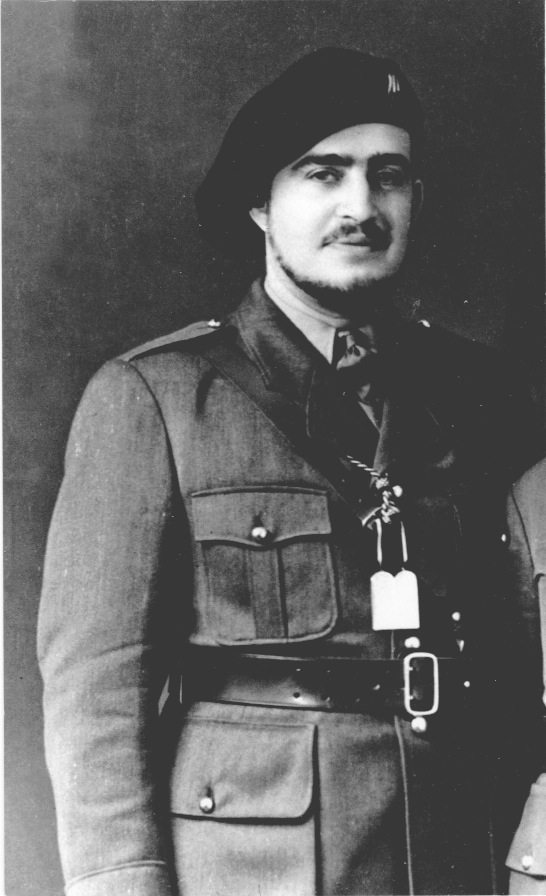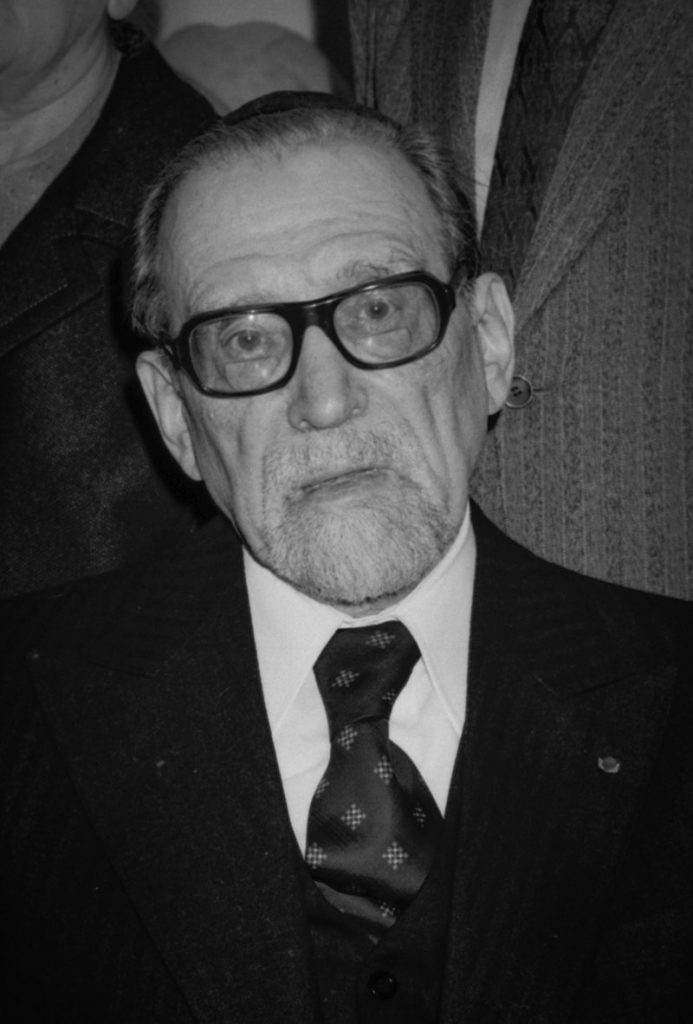The Jewish presence in Mulhouse is ancient, probably dating back to at least the 13th century, but following massacres and expulsions, it did not become permanent until the end of the 18th century. There seem to have been two synagogues in the Middle Ages, but the few Jews allowed to reside there left the city in the 15th and 16th centuries.

When Mulhouse had the status of a Swiss Republic (1515-1798), Jews and Catholics were forbidden to reside there. Before the French Revolution and its consequences for the emancipation of the Jews of France and the attachment of Mulhouse, the Jews were forced to live in the surrounding villages. Mainly those of Pfastatt, Rixheim, Dornach, Zillisheim, Habsheim and Streinbrunn-le-Haut.
Gradually, therefore, professional and civic limitations were lifted, allowing a diversification of occupations and places of residence within the cities, including Mulhouse. Jews contributed greatly to the economic development of the city, especially in the weaving industry, as did Raphaël Dreyfus, the father of the famous captain. The Jewish population increased from 165 in 1808 to 2132 in 1890.
A synagogue was built from 1847 to 1849 by the architect Jean-Baptiste Schacre, in a neo-classical style.
Among the great rabbinical figures of this period was Samuel Dreyfus, the first student to graduate from the École Centrale Rabbinique de France. Under his leadership, the synagogue was built, as well as the École Israélite des Arts et Métiers and the Hôpital Israélite. Following the defeat of 1870, many Jews, like other Mulhouse residents, chose to leave the city to remain French.
Alfred Dreyfus was born in Mulhouse in 1859. The city played an important role in the Affair, as some of the major supporters and opponents were from there. The city therefore experienced great tension during the Affair. Much later, following the rehabilitation of Captain Dreyfus, the city named a street in tribute to his courage.

After the First World War, the community regained its stature. This was largely due to the two emblematic rabbis Jacob Kaplan and René Hirschler. Jacob Kaplan officiated in Mulhouse from 1921 to 1928, before becoming Chief Rabbi of France. He allowed the community to develop, particularly from the point of view of social and youth associations, with the creation of a branch of the Éclaireurs Israélites in 1928, the second after that of Paris.
He was succeeded by René Hirschler, who was barely 23 years old. He favored the development of youth movements and harmony between the different movements. He also placed great emphasis on women and the celebration of the bat mitzvah. In 1930, Rabbi Hirschler and Simone Lévy, who later became his wife, founded the Jewish thought magazine Kadimah. As early as 1933, René Hirschler actively campaigned for the reception of Jewish refugees from Germany, organizing their reception and integration. A community center opened in 1938. Very active during the Shoah to help the dispersed and hunted Jewish population, René and Simone Hirschler were captured, deported and murdered. A commemorative plaque was placed on the Mulhouse synagogue in 2016, in the presence of their descendants.

The Shoah claimed many victims in Mulhouse. The occupiers emptied the synagogue. On the occasion of its centenary, it was rebuilt under the direction of a commission appointed for this purpose and headed by Gaston Weill. A large celebration was held there in 1950, attended by Jacob Kaplan and other rabbis of the region, as well as political, religious and military representatives. The arrival of North African Jews in the 1960s gave the Mulhouse community a new lease on life.
An old Jewish cemetery was located on the site of Salvator Park. Jews were buried there from 1830 to 1890. Before that, the cemetery in Jungholtz and others in the area were used. At the end of the 19th century, the graves were moved to the new Jewish cemetery .
A remembrance ceremony was held on 29 September 2024 in Mulhouse, at the entrance to the Jewish cemetery, in front of a stele bearing the names of nearly 450 victims of the Shoah, as is the case every year, but with even greater significance given the exponential rise in anti-Semitic acts since October 2023.
Sources : judaisme.sdv.fr, dna.fr